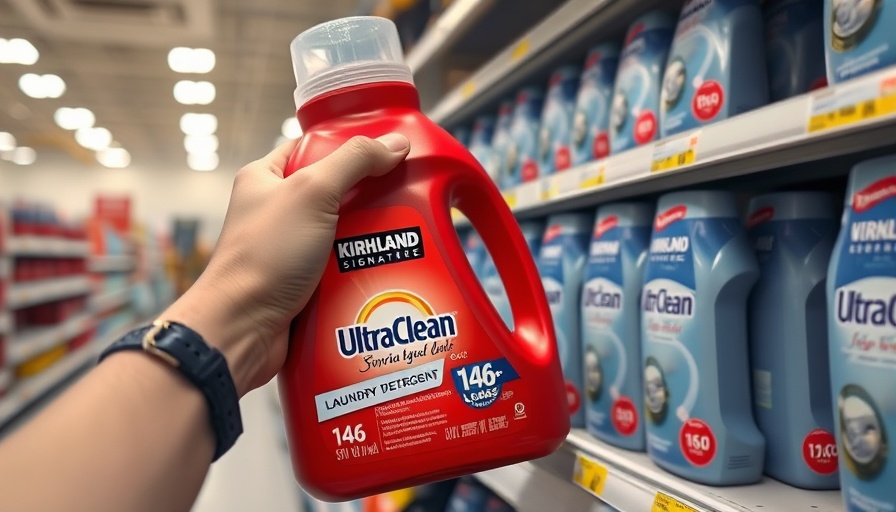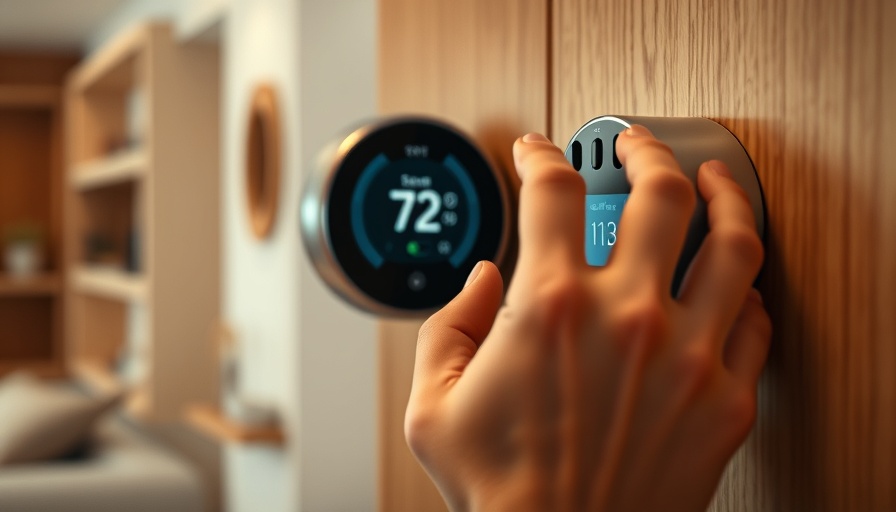
Is Costco Laundry Detergent Safe for Vinyl Siding?
Homeowners in Southeast Michigan are always on the lookout for effective cleaning solutions, and one question that arises is whether Costco’s Kirkland laundry detergent can serve a dual purpose beyond washing clothes. Many swear by its cleaning power, but does it really have what it takes to clear away the grime from vinyl siding?
Understanding the Ingredients
First off, let’s take a look at what’s really in Kirkland laundry detergent. According to materials safety data, this heavy-duty detergent is free from phosphates. This is a big plus for the environment, as it won’t harm your surrounding vegetation or affect the local water systems. It mainly contains salts, alcohols, and fatty acids — surfactants that help lift dirt and grime from surfaces. The unscented option, in particular, is a good choice for cleaning siding, as scented varieties tend to have additional chemicals that might not be ideal for outdoor use.
Why Use Laundry Detergent on Siding?
The answer is yes — you can clean your vinyl siding with Costco laundry detergent. Cleaning expert Derek Christian states, "Laundry detergent has been used for decades to clean heavily soiled places, including siding." This is especially true for those stubborn stains caused by dirt and mildew, which can accumulate on vinyl siding over time.
When to Use Caution
However, not everything about using laundry detergent for siding is straightforward. While it’s effective at removing basic stains, it lacks the organic-killing ingredients necessary to deal with black mold or green algae. For these issues, homeowners may need to consider stronger cleaning agents, such as bleach or hydrogen peroxide, to ensure the organic materials are eradicated. Remember, mixing these additives carefully with your detergent can enhance cleaning effectiveness while keeping your home’s exterior safe.
The Risks of Improper Use
Another important consideration is the potential for leaving behind residue. As Scott Schrader points out, if not rinsed thoroughly, detergent can lead to discoloration or even damage your siding over time. To avoid this, ensure that you dilute the detergent properly and thoroughly rinse your siding after cleaning. Failure to do so might result in a sticky residue that attracts more dirt later on.
Your Next Steps
For homeowners ready to tackle the cleaning task, start by preparing a solution using Kirkland laundry detergent diluted with water. Regularly maintaining your vinyl siding keeps your home looking its best and helps preserve its integrity. While DIY cleaning can save you money, don't hesitate to hire a professional if you're dealing with extensive stains or concerns about safety.
As you embark on your home improvement journey, remember that the tools and techniques you choose can make all the difference in achieving optimal results. Don’t hesitate to ask for advice or research further to find the best practices for siding maintenance.
 Add Row
Add Row  Add
Add 




Write A Comment